Fire (A friend in disguise or a calamity?)
While growing up, i always wonder why so many things happened, i was an inquisitive person and i knew it from the moment i became aware of my thoughts, i once made a post about my thoughts a certain morning, "what if" , there was a particular line where i talked about fire being harmless and what it will be like if fire was thought of as the way we thought of water,
What if fire doesn't hurt humans when touched and water hurts instead, it could be alot better that way, right? People wouldn't mind using fire as an interior decoration, lol, and water as fuel for cooking and industrial heat as it is ubiquitous in nature making life more easier.
The truth is that we need fire as much as we need water but only in different ways.
Now what is Fire?
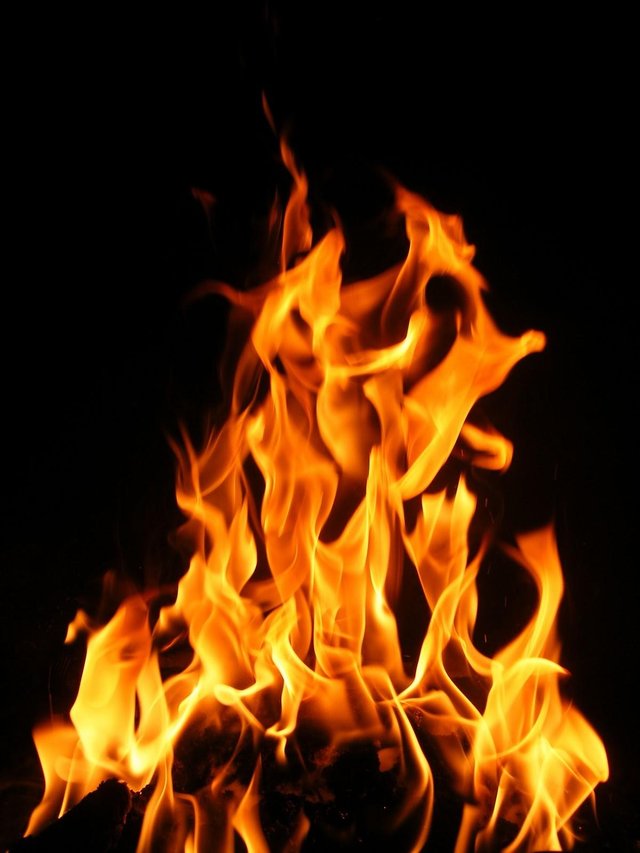
Scientifically, fire can be refered to the rapid oxidation of a material in the exothermic chemical process of combustion, releasing heat, light, and various reaction products. In a simpler form, fire occures only when a material comes in contact with excessive heat in the presence of air, in other words fire constitutes of 3 major things which are Air, Heat and material/fuel but i like to add one last thing which is chain reaction, the chain reaction has to do with the reaction amongst the 3 components which means if the 3 components exists in isolation (void of the chain reaction) there wont be fire. Another thing that i observed is that if 1 of all the components is missen then there won't be fire.
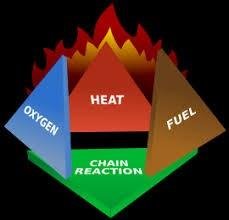
Is fire really a friend or an enemy?
Well, if you ask me I'd say
Fire is an illusion because it doesn't exist until it is created.
What do i mean? It's simple, fire won't occur until something or someone makes it, either consciously or by accident.
Fire is a friend when it is made, consciously by man
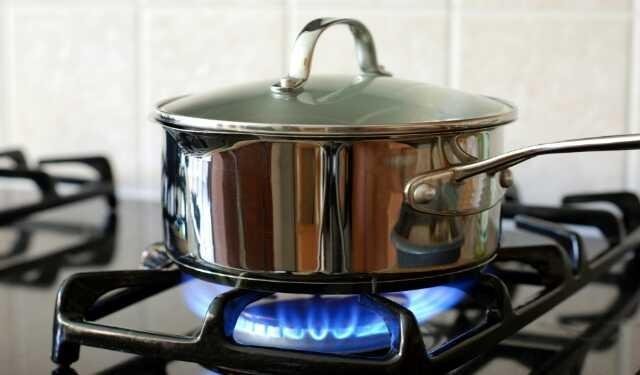
It is wonderful how fire helps man in day to day endeavours, when fire is made consciously and managed/supervised it goes a long way in helping to achieve so many things, domestically, fire is used in almost every home to make food for daily consumption which aids growth and overall well-being. Industrially, fire is used in almost all companies for one reason or the other especially in manufacturing/production industries. Socially, fire can be used in gatherings like camping and many other social/adventurous events.
Fire being the enemy
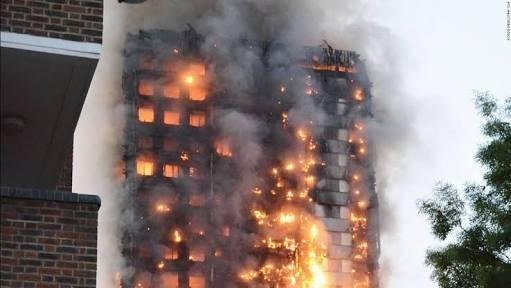
Fire can be dangerous, especially when mismanaged, to an unmanaged fire, every material is fuel/combustible, ranging from solid (wood, etc etc) , liquid (petrol, etc etc) and gas (butane, etc etc), in a not shell, fire is only harmful if it occurs naturally or by accident and is not controlled/managed or better still extinguished.
Classes of fire
Fire class is a term used to denote the type of fire, in relation to the combustion materials which have (or could be) ignited. Class letters are often assigned to the different types of fire, but these differ between territories. There are separate standards in the United States, Europe, and Australia, but i will use the European Standard in this context.
Fire is classified into 6, which are :
1. Class A - Ordinary combustible fires
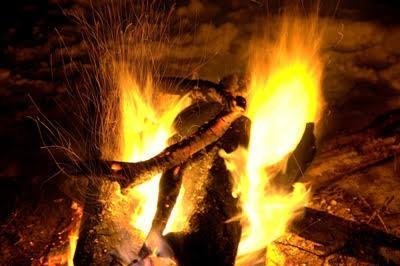
These are probably the most common type of fire. They occur when solid materials become heated to their ignition temperature and will continue to burn as long as there is heat, oxygen and fuel to burn. Materials involved in these types of fires include paper, wood, textiles, rubber, some plastics and other organic carbon based compounds.
2. Class B - Flammable liquids
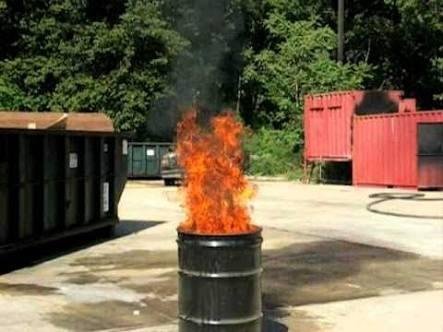
Flammable liquids are those that have an ignition temperature of less than 100°C. These liquids also have a low flashpoint, which means that they burn easily. The flashpoint is the temperature at which a substance gives off enough vapour to be ignited. These liquids can however burn at any temperature if a source of ignition, such as a spark or naked flame is supplied.
Examples of liquids that are flammable include petrol, kerosene, alcohol, solvents and paints. Fires involving these give off a lot of heat and tend to spread very quickly. They also produce thick, black toxic smoke, which can make these fires difficult to extinguish.
3. Class C - Flammable gases
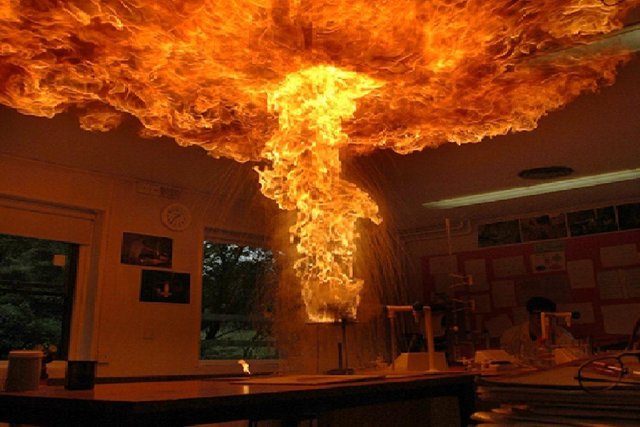
lammable gases such as butane, propane and petroleum gases have the potential to create an explosion, if triggered by a single spark. For this reason flammable gases have to be stored securely in sealed containers. The LEL (lower explosive limit) states the lowest concentration of flammable gas that will burn in air. This is usually around 5%, which shows just how big the danger is of potential explosions, fires involving flammable gases are one of the most dangerous types of fire to extinguish.
4. Class D - Metal fire
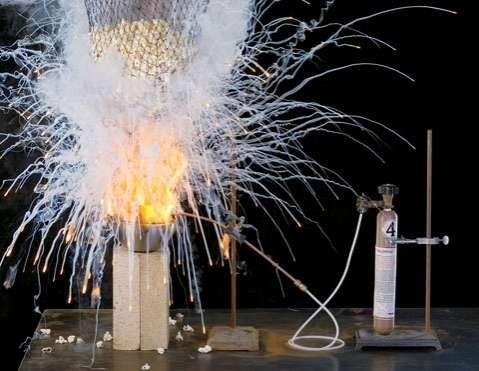
Certain metals and powdered metals can burn if ignited, although it requires a lot of heat to ignite most metals, as they are good conductors and transfer heat away quickly to their surroundings. Powdered metals and metal shavings are easier to ignite than solid lumps of metal, so pose a higher fire risk.
Alkali metals such as potassium, magnesium, aluminium and sodium can burn when in contact with air and water. Therefore putting water or foam onto metal fires will increase the intensity of the flames and result in potentially explosive reactions that will send pieces of burning metal in all directions.
5. Class E - Electrical fire
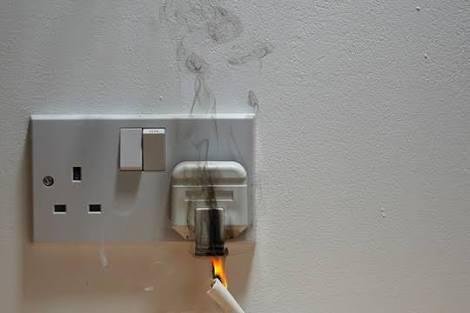
Short circuits, overloaded switchboards, faulty equipment and damaged wiring can all cause electrical fires. Electrical fires are not strictly a fire class of their own, as electricity is a source of ignition as opposed to a fuel. They are still important to mention however as they have their own special fire safety requirements.
6. Class F - Cooking oil fire
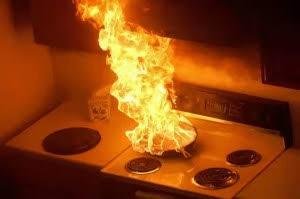
Fires involving cooking oil and fats are common both in homes, businesses and professional kitchens. They pose a very difficult challenge to extinguish, due to the high temperatures involved. Simply trying to cool the fire with water will not work; in fact using water on a burning pan is likely to cause a rapid spreading out of the flames, making the fire worse and potentially injuring anyone in its vicinity.
Fire is god like 😍
Congratulations, you were selected for a random upvote! Follow @resteemy to increase your chance of being upvoted again!
Read more about @resteemy here.
Congratulations! This post has been upvoted from the communal account, @minnowsupport, by geezee887 from the Minnow Support Project. It's a witness project run by aggroed, ausbitbank, teamsteem, theprophet0, someguy123, neoxian, followbtcnews, and netuoso. The goal is to help Steemit grow by supporting Minnows. Please find us at the Peace, Abundance, and Liberty Network (PALnet) Discord Channel. It's a completely public and open space to all members of the Steemit community who voluntarily choose to be there.
If you would like to delegate to the Minnow Support Project you can do so by clicking on the following links: 50SP, 100SP, 250SP, 500SP, 1000SP, 5000SP.
Be sure to leave at least 50SP undelegated on your account.
I found your post at the charity upvote link by @thehumanbot
Dante is here now, No FearThank you @dante31
Fire, often seen as both a friend and a foe, can embody dual natures in our lives. On one hand, it can be a friend in disguise, providing warmth and energy that fuels progress and innovation. However, its destructive power can also turn it into a calamity, wreaking havoc and chaos if not properly managed. To mitigate the risks associated with fire, having a robust fire extinguisher system
in place is crucial. This system serves as a critical safeguard, ensuring that the destructive potential of fire is contained and controlled, transforming a potential disaster into a manageable challenge.
Resteemed by @resteembot! Good Luck!
Curious? Read @resteembot's introduction post
Check out the great posts I already resteemed.
RESTEEMBOT IS FOR SALE
I COULD WRITE CODE FOR YOU
Fire can be both a friend in disguise and a potential calamity, depending on how it is managed and controlled. On one hand, fire is essential for cooking, heating, and even in various industrial processes, making it a valuable ally in daily life. However, when it spreads uncontrollably, it can cause devastating damage, endangering lives and property. This dual nature of fire underscores the importance of effective fire safety measures. An addressable fire alarm system plays a crucial role in this regard, allowing for precise detection and monitoring of fire incidents. By pinpointing the exact location of the fire, these advanced systems enable quicker response times and more efficient evacuation procedures, ultimately mitigating the potential disaster that an uncontrolled fire can cause.